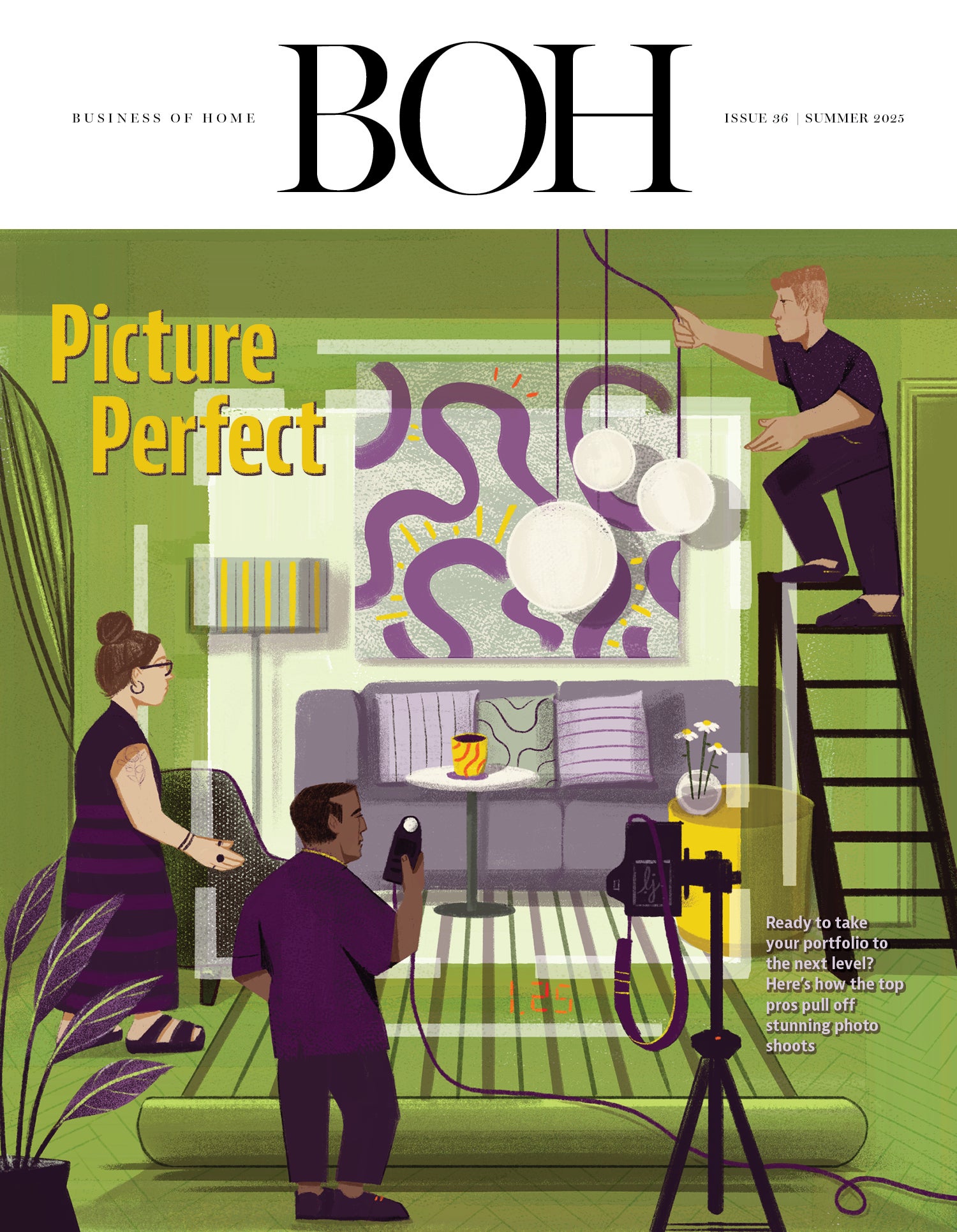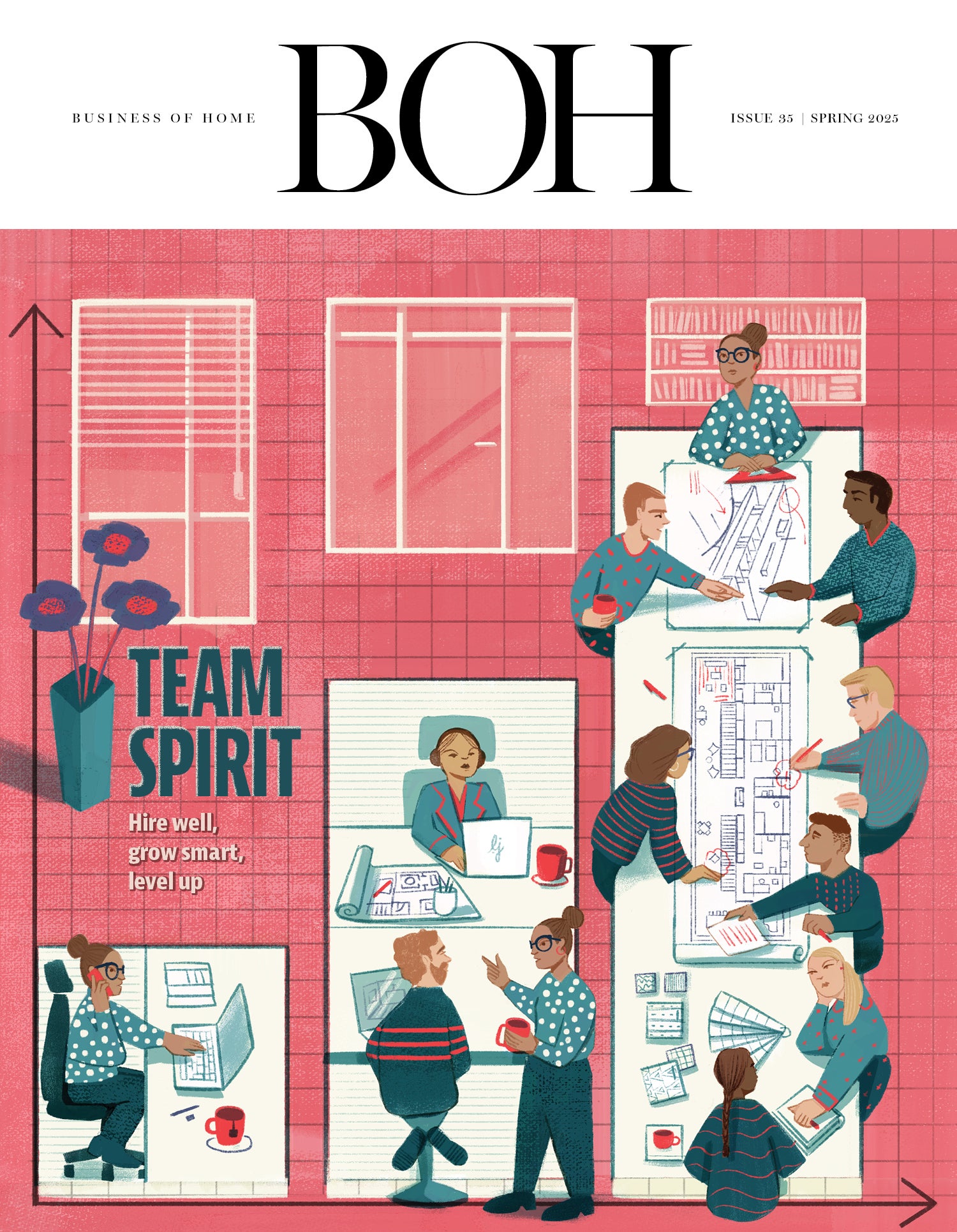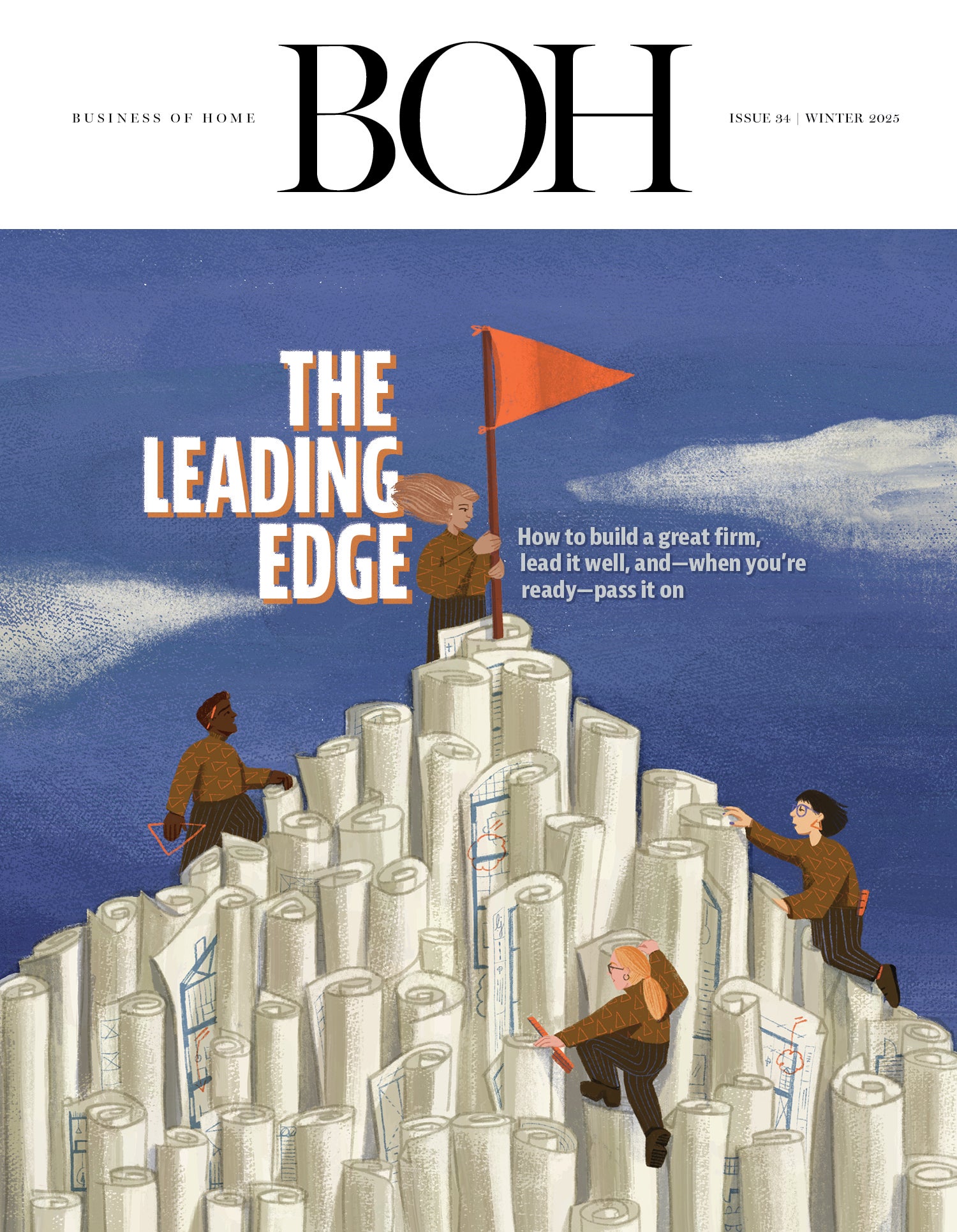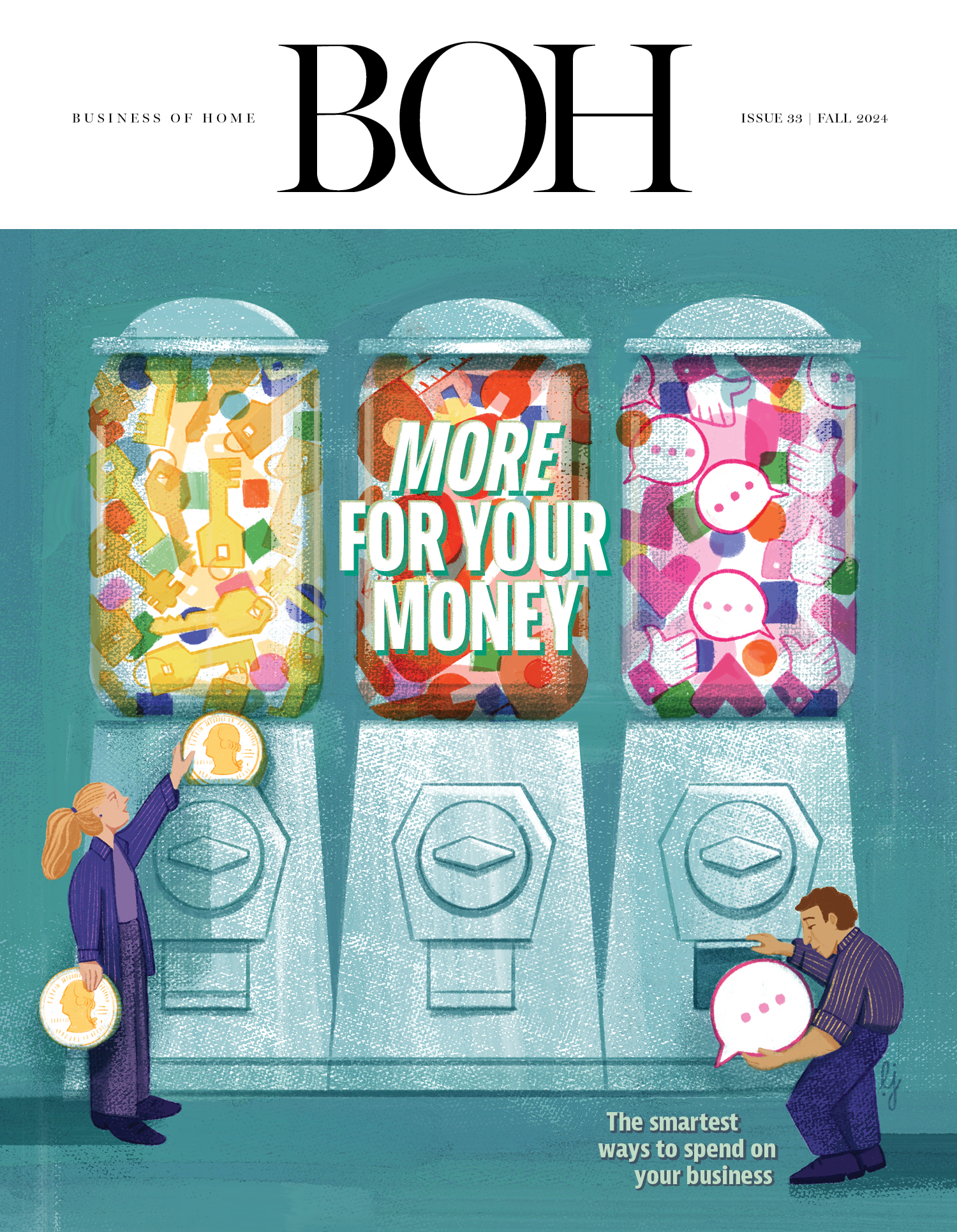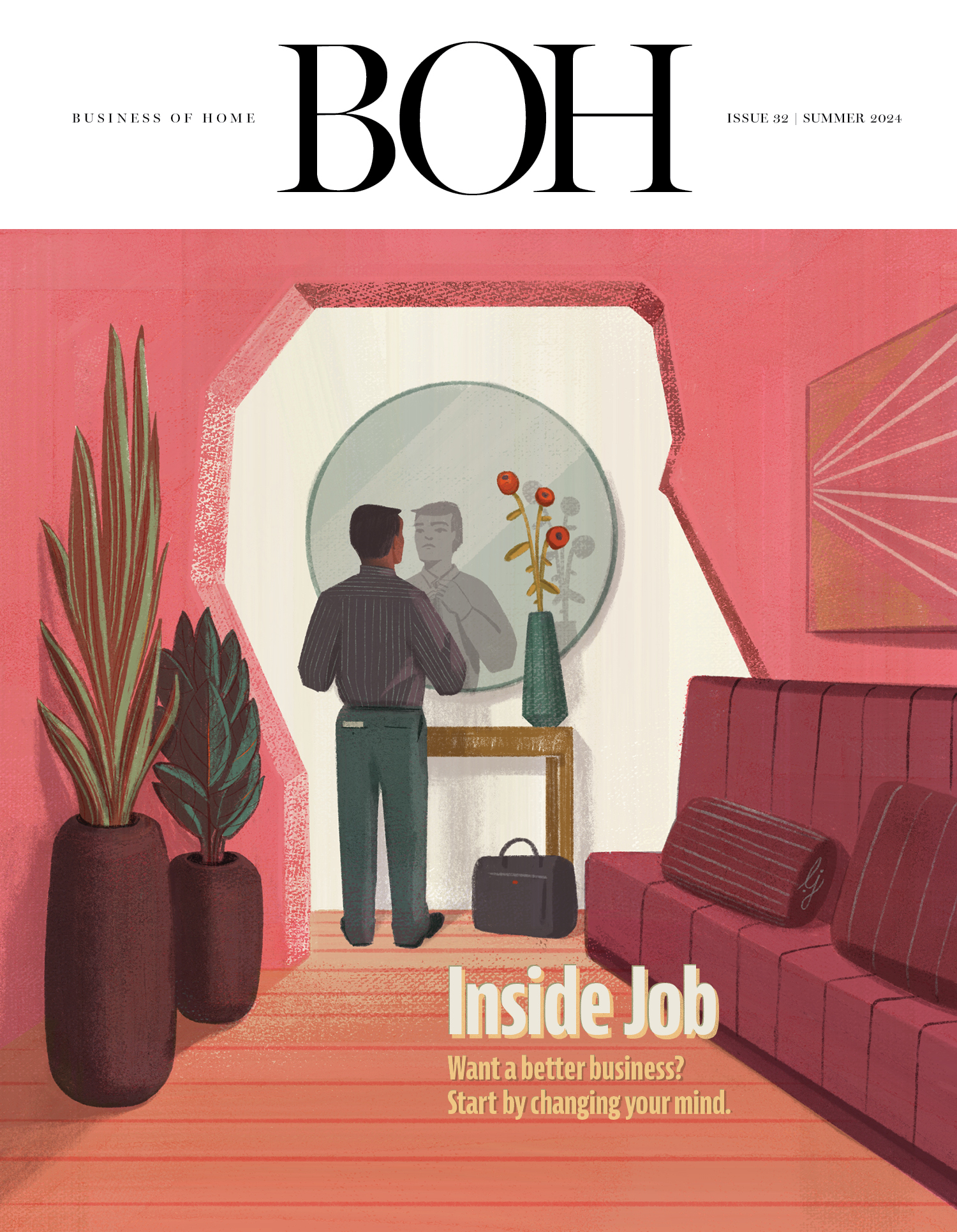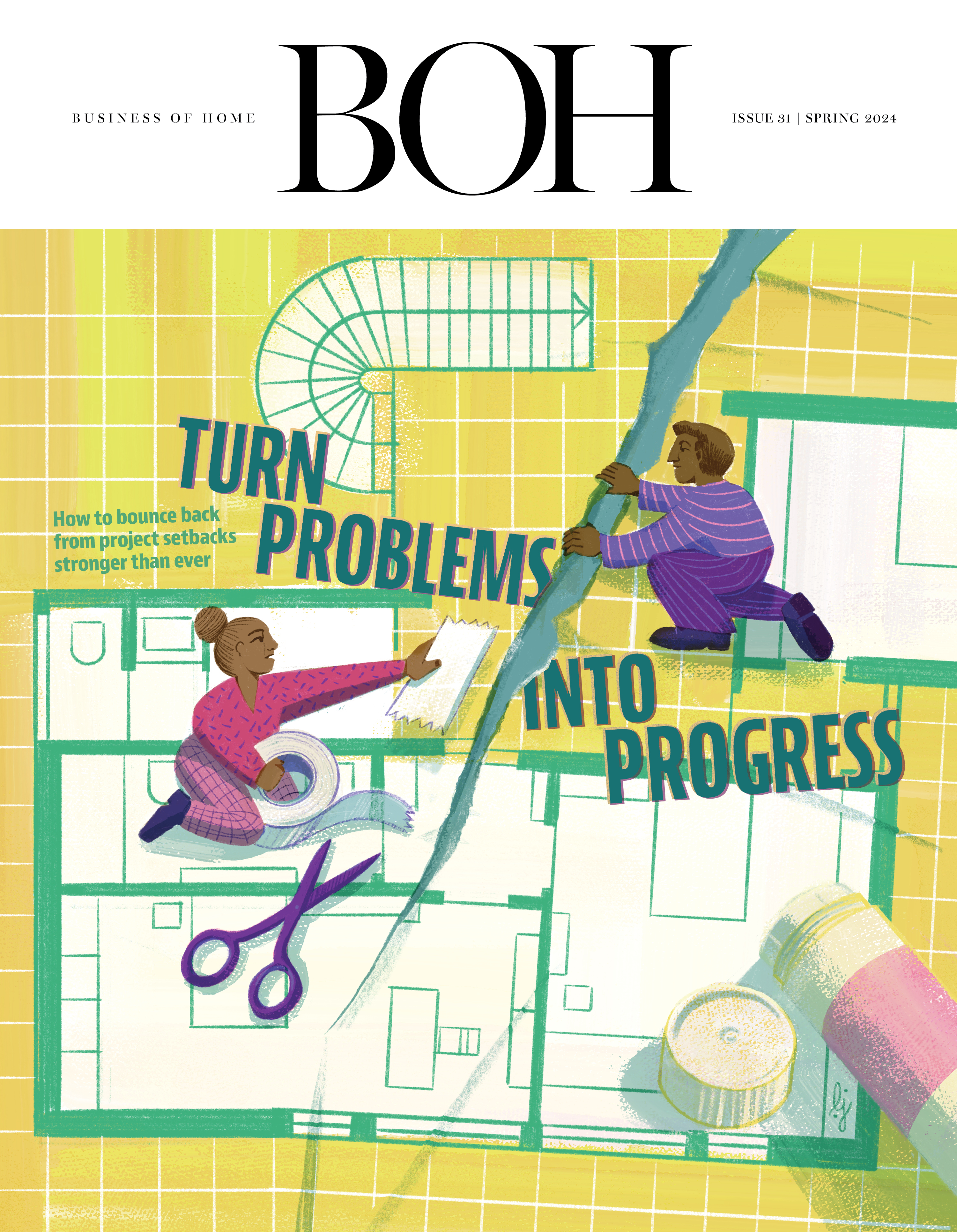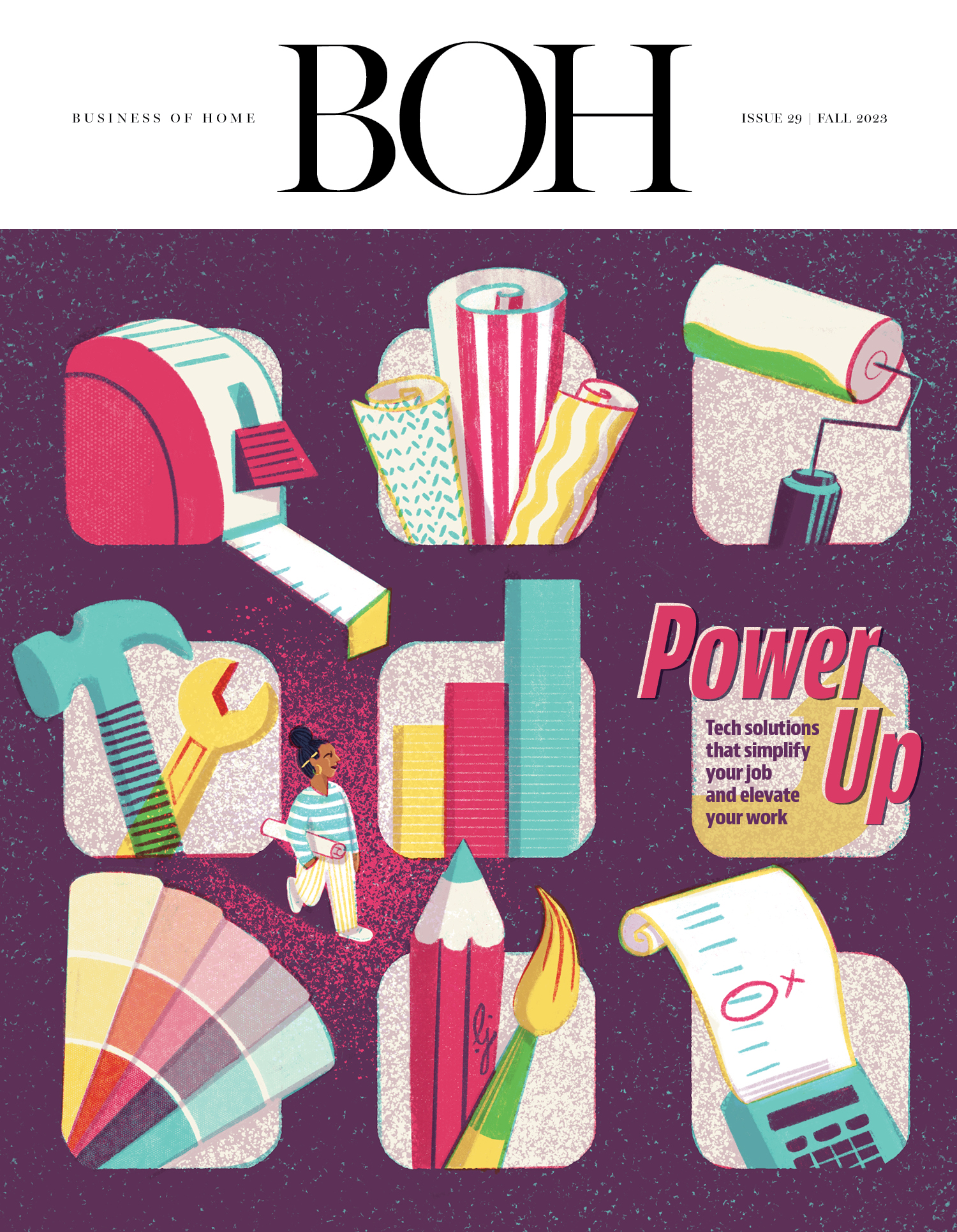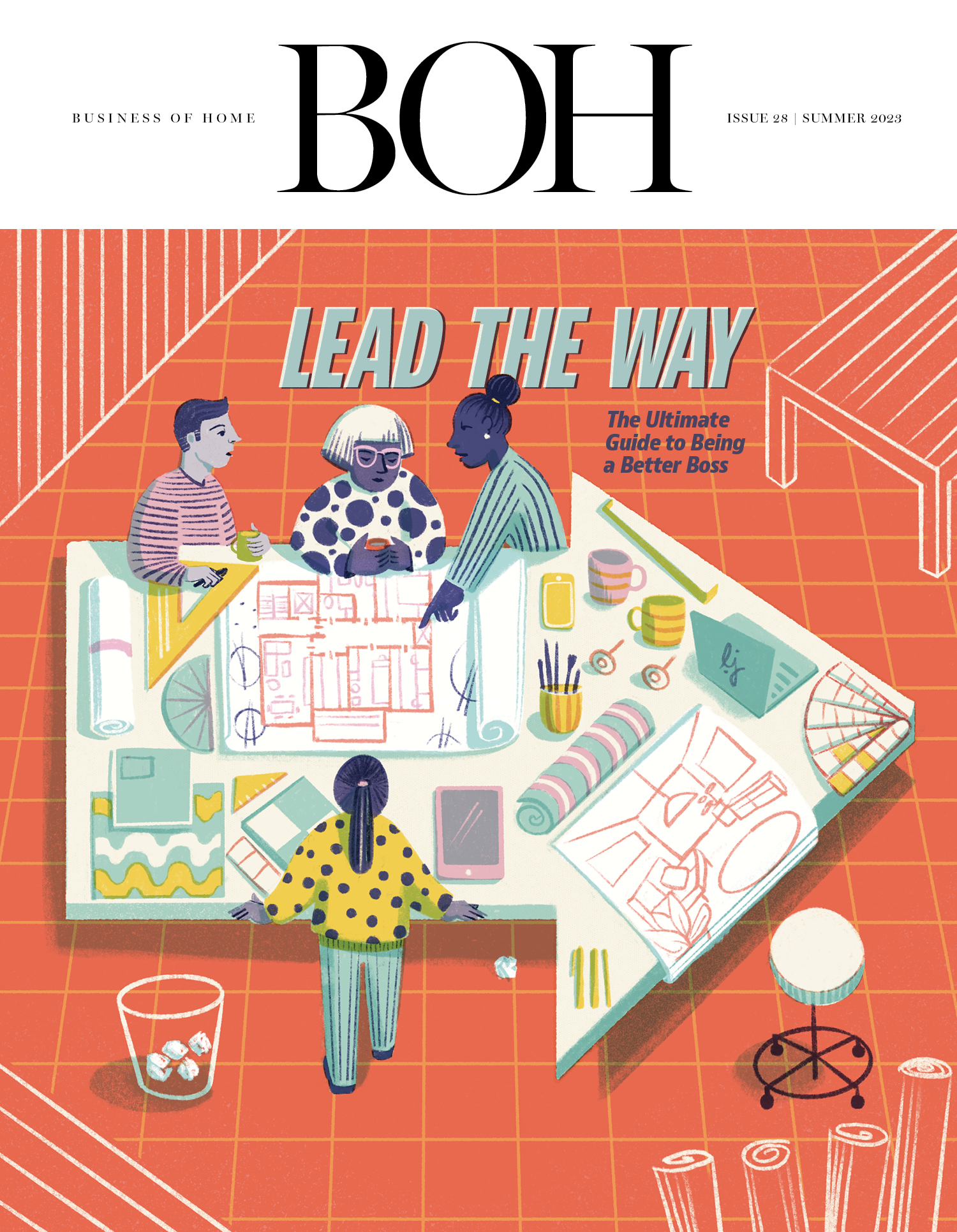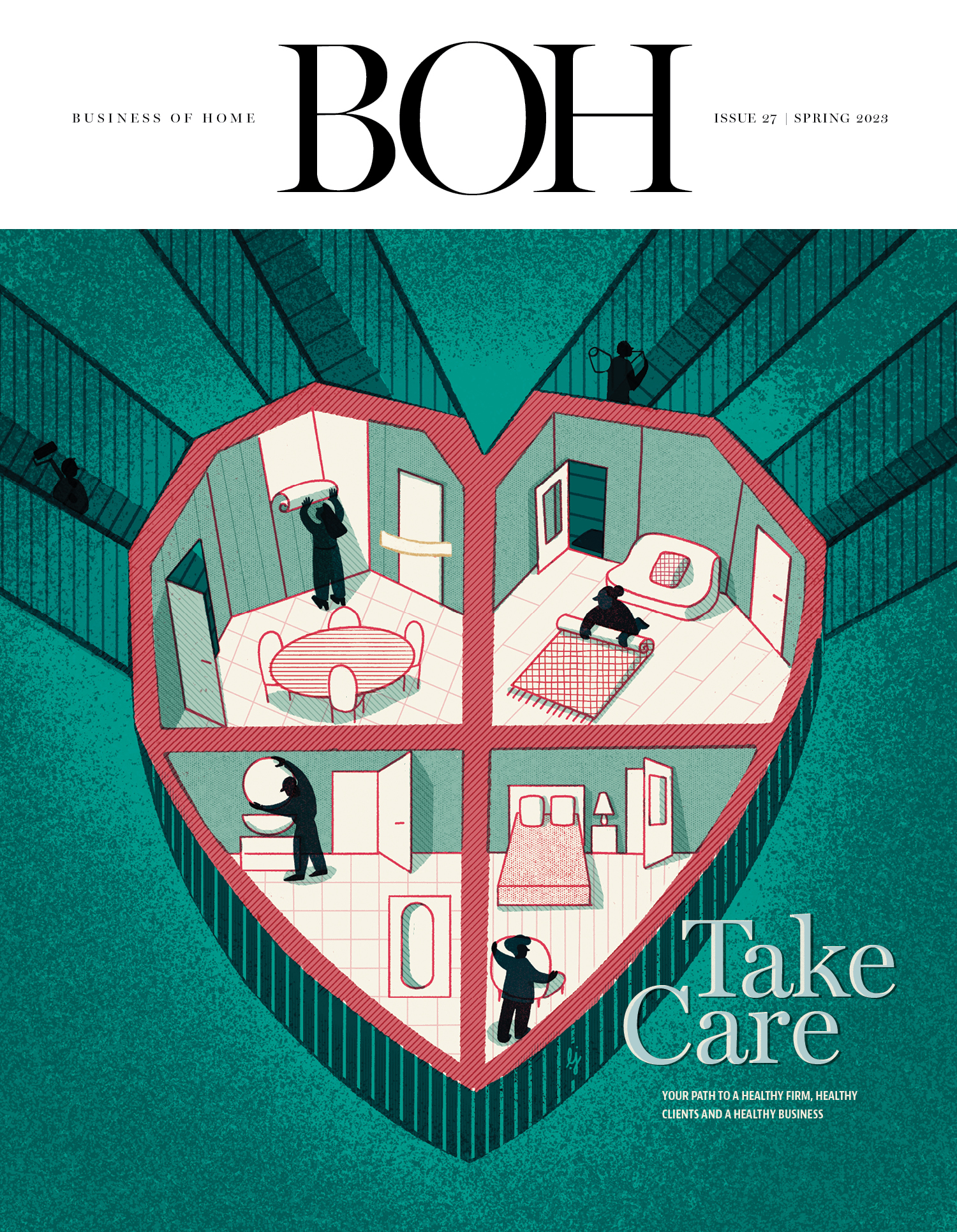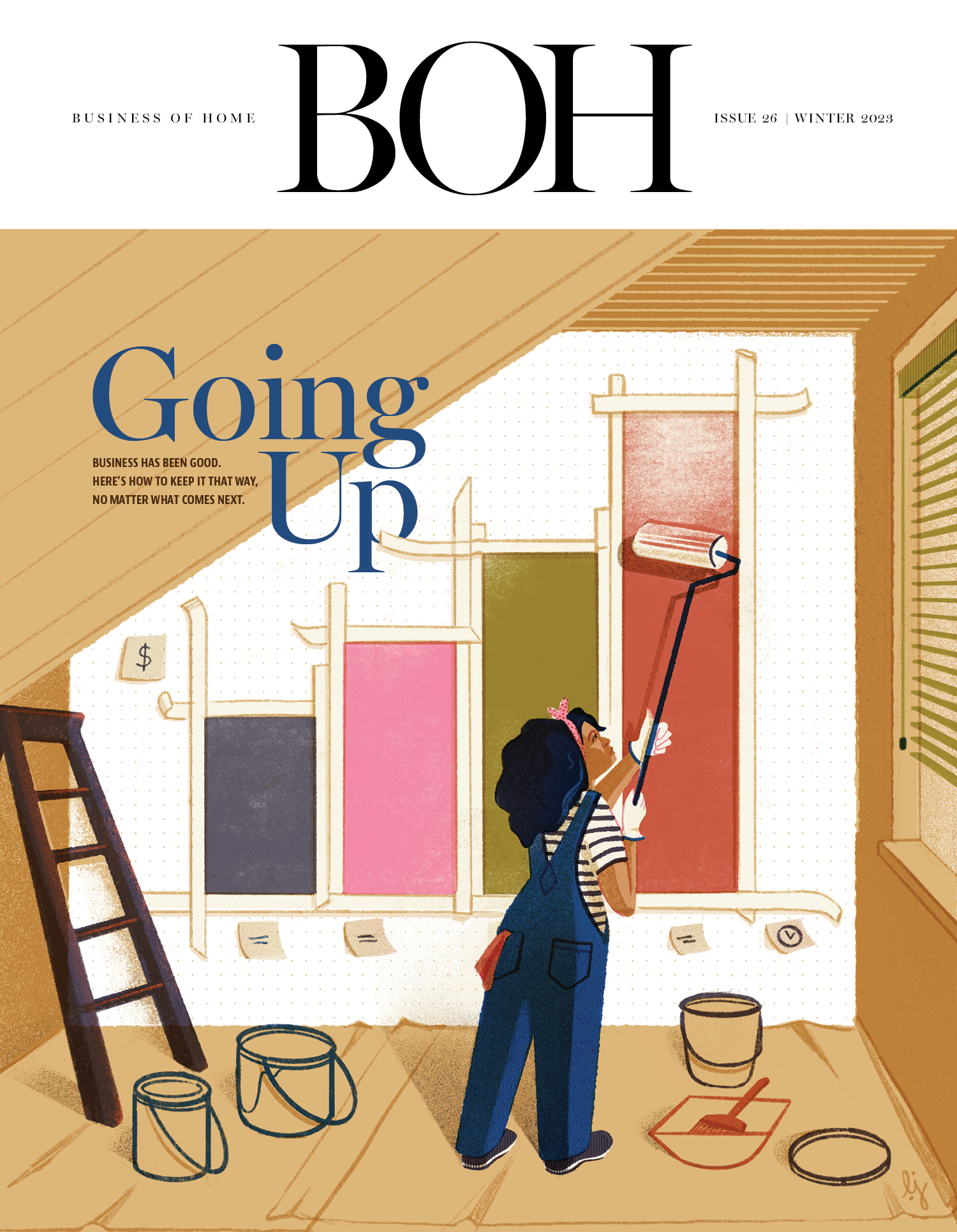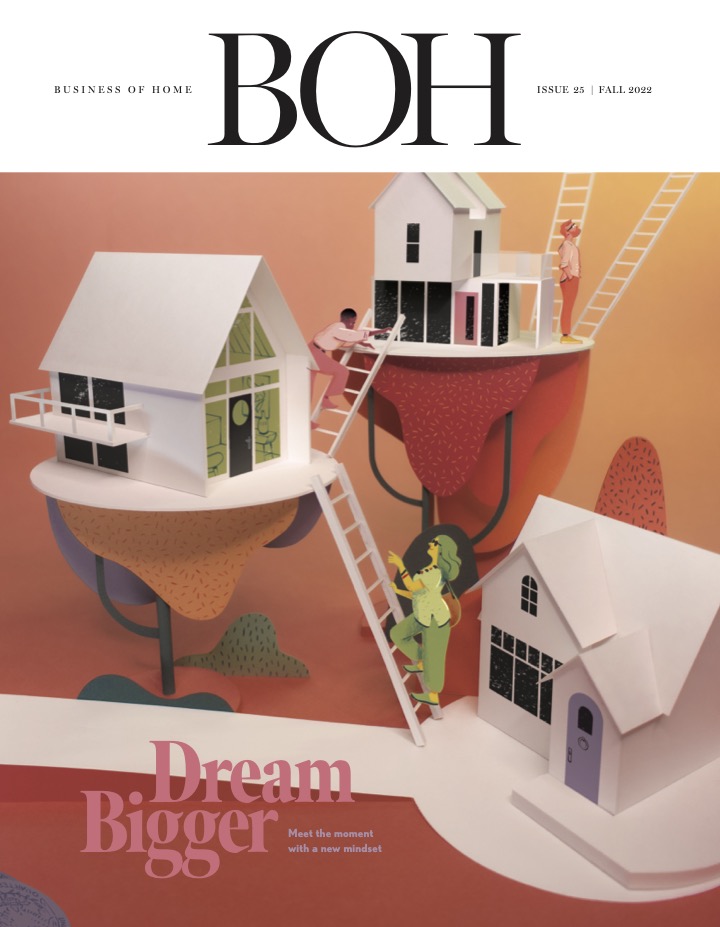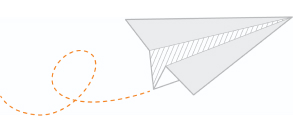This wasn’t supposed to happen. India—the world’s largest democracy and a reliable U.S. ally—was presumed safe from trade drama, so much so that importers of Indian goods touted their product as tariff-proof at summer trade shows. Then the Trump administration announced India would be facing a 25 percent duty on all of its American exports, effective immediately, with a scheduled increase to 50 percent on August 27.
The news came amid a flurry of new tariffs on countries around the world, from Brazil to Taiwan, which will create ripple effects in the economy. But India holds special relevance for the American home industry, especially the design trade. Every year, the United States imports well over $1 billion worth of Indian rugs and carpets, as well as hundreds of millions in furniture, lighting, decor, and raw materials like cotton. India is also the de facto capital of a variety of textiles, including hand-block-printed patterns. More than one industry executive referred to the tariffs as “apocalyptic”—a move that could send prices shooting up stateside and lead to mass layoffs overseas.
The immediate 25 percent duty came as a particularly unwelcome surprise, as many importers have spent the summer absorbing the 10 percent tariff on Indian goods levied on “Liberation Day”—a number that often penciled in closer to 20 percent when combined with pre-existing duties. While uncertainty has been the name of the game when it comes to tariffs since April, the consensus in most circles was that the “final” number for India wouldn’t come in much higher.
“It’s definitely shocking,” says Swati Bansal of Soil to Studio, a Brooklyn-based brand that imports handcrafted goods from India. “It’s a huge setback to the entire textiles industry. Most of the cotton and textiles—and the majority of the hand-printed textiles—come from India.” Thus far, Bansal has been able to avoid raising prices by keeping her business expenses lean and absorbing the margin hit. But the new tariffs—which could amount to 55 or 60 percent with existing duties—would force her to rethink key aspects of her business.
“We’re looking at everything, wherever we can find any cost savings. We’re also looking at the product categories [that have] better margins and which product is completely not feasible at the moment,” she says. But one thing is clear: “We won’t be able to absorb a 50 percent increase.”
In that, Soil to Studio is hardly alone. Reuters reported that large apparel importers are already halting orders and handing their Indian producers an ultimatum: Either find a way to share the cost, or they will move production to a tariff-safe country.
The complicating factor is unsettled foreign relations. Trump has threatened to raise the 25 percent rate to 50 by the end of the month unless India agrees to stop buying Russian oil. However, the administration has its own set of negotiations with Russian president Vladimir Putin, which may play into what happens with the levies on India. Given the historical unpredictability of the U.S. president’s tariff policy, some industry execs are holding off on making any sudden moves, including raising prices.
“I’m waiting to see what really happens,” says Ben Soleimani, the founder of his eponymous home brand, which imports handwoven rugs from India. “I think this is all a negotiation back and forth … [and] in the end it won’t stick. I mean, there’s no way it’s going to be 50 percent. The rug business will have a very hard time, because India is rugs.”
Soleimani is in the enviable position of also having a furniture business to rely on—his upholstery pieces are made in the U.S. And he has been able to build up inventory in recent months, creating a cushion that can help the company keep prices stable in the short term. But for makers who rely on custom orders, even 25 percent tariffs—however long they last—create a complicated set of trade-offs. How much can you raise prices before turning customers off?
“We do a lot of custom options. It’s not that one SKU is more popular than the other—people are creating their own designs,” says Naveen Kalia, who oversees operations for Filling Spaces, a Portland, Oregon–based brand that imports hand-printed textiles made by the artisans at its manufacturing division in Delhi. That flexibility creates a challenge: The business can’t simply fill stateside warehouses with product and hope to ride out tariff fluctuations. Like many, Kalia is examining the company’s balance sheet and trying to determine the right mix of price hikes, margin hits, SKU reorganization, and business-expense streamlining. One thing that is certain: A 50 percent upcharge on its products isn’t in the cards. “We can’t pass all the tariff on to the customer,” he says.
Like many, Kalia hopes that the number is a threat, not a promise. While importers are dealing with the reality of a 25 percent hike today, they still believe that the final number will land far lower than 50. Until then, volatility reigns.
“Anything could change,” says Bansal. “Even with the designers we work with, with the projects we had, we are offering the current pricing right now, but that’s only valid for the next two months. Planning for the future is tricky. ‘Long term’ means three months right now.”
Additional reporting by Haley Chouinard and Aidan Taylor



